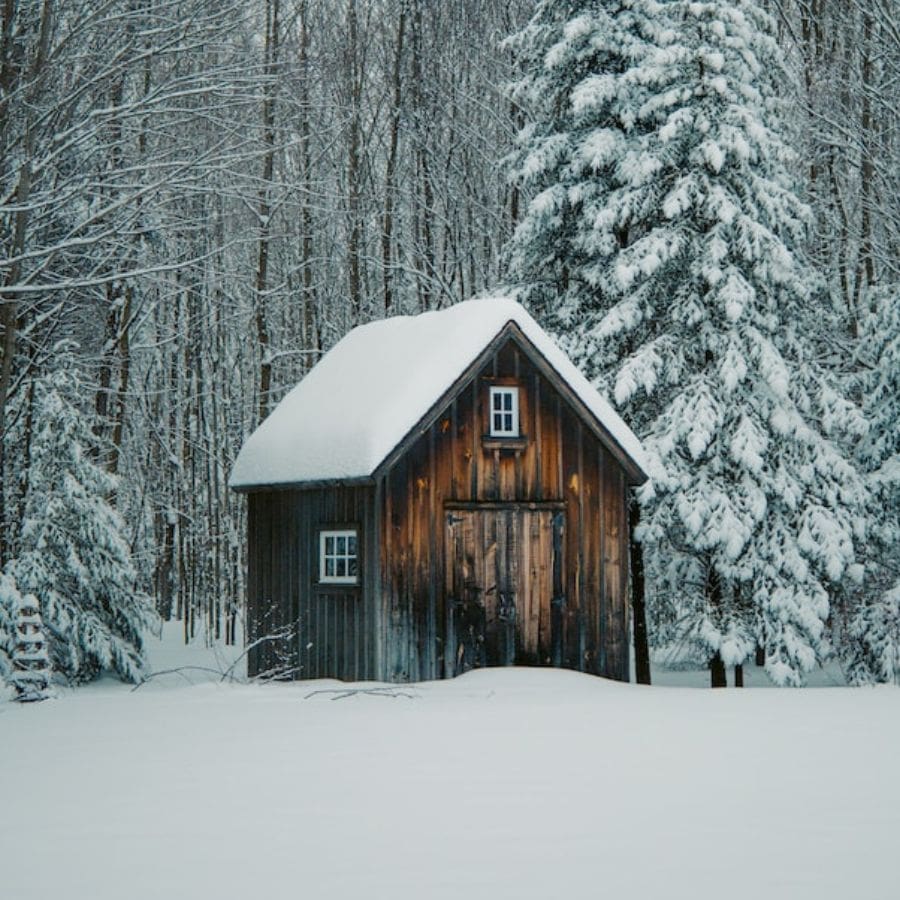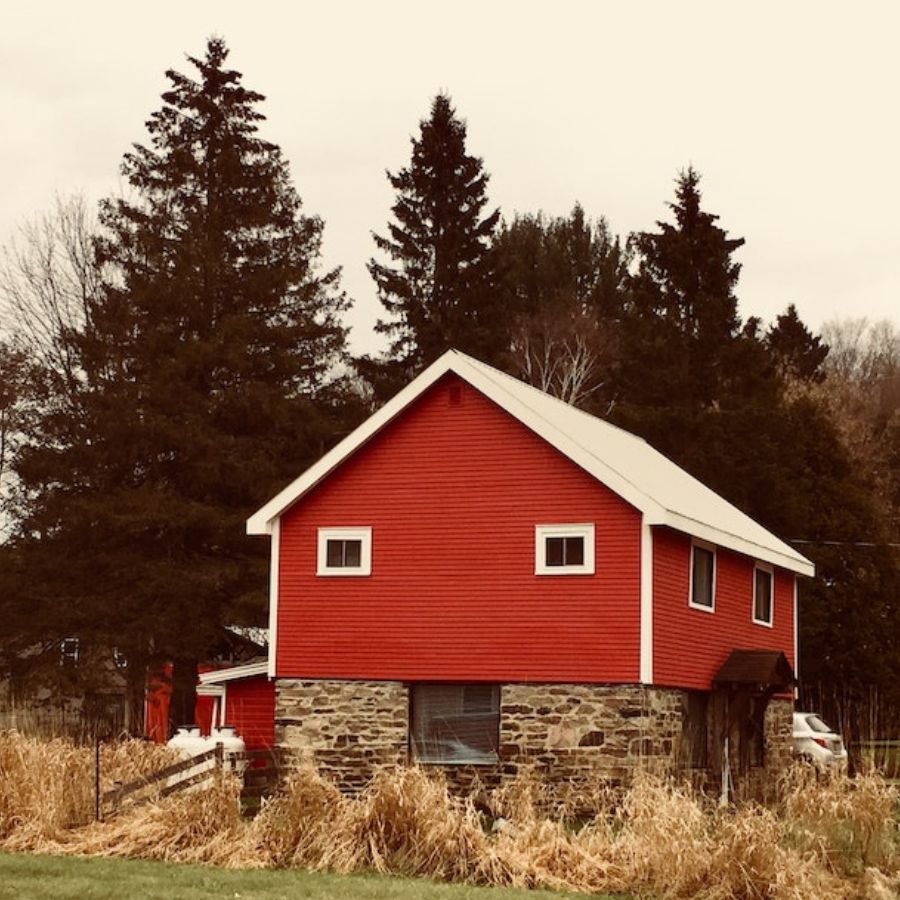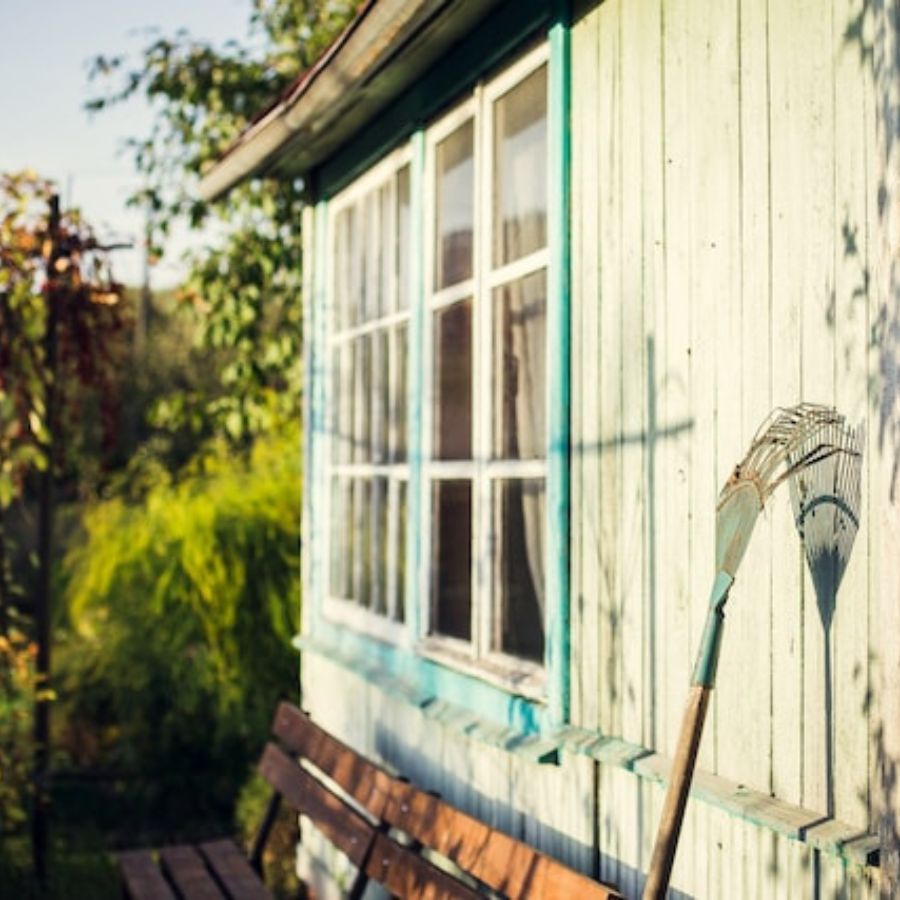How Much To Insulate A Shed

When it comes to sheds, insulation may not be the first thing that comes to mind. However, insulating your shed can offer numerous benefits, such as temperature control, energy efficiency, and protection for your stored items. But how much does it cost to insulate a shed?
In this article, we will explore the factors that affect the cost of shed insulation, the different insulation options available, and provide a rough estimate of the expenses involved.
Factors Affecting The Cost of Shed Insulation

Several factors influence the cost of insulating a shed. These include the size of the shed, the type of insulation material used, the level of insulation desired, and the complexity of the installation process. Note that windows can often be a significant source of heat loss in your shed. Understanding how to properly install a window in a shed can impact your insulation decisions. Let’s take a closer look at each of these factors:
Shed Size
When insulating a shed, the size of the structure is a crucial factor to consider. Larger sheds typically require more insulation, leading to higher costs than smaller sheds. It’s essential to consider the shed’s square footage when estimating the insulation needed. Different insulation options, such as fiberglass, spray foam, or batt insulation, can insulate the shed walls. By accurately assessing the shed’s size, you can plan and install insulation effectively, ensuring optimal thermal efficiency and cost-effectiveness. Whether you choose fiberglass insulation for its affordability, spray foam for its excellent sealing properties, or batt insulation for its ease of installation, understanding the shed size is crucial in determining the insulation requirements and overall expenses.
Insulation Material
When considering insulation for your shed, the choice of insulation material is a critical factor that affects the overall cost. Popular options like fiberglass batts, spray foam, rigid foam boards, and reflective foil have advantages and disadvantages in terms of cost, effectiveness, and ease of installation. Conduct thorough research on these different types to find the one that aligns with your specific needs and budget. Additionally, remember to consider other elements that can provide some insulation benefits like:
- the need for a vapor barrier
- foam board insulation for the shed roof
- floor insulation or shed floor insulation
- unconventional options like bubble wrap
Understanding the various insulation materials available will help you make an informed decision and optimize your shed’s insulation efficiency while managing costs.
Level of Insulation
When determining the cost of insulating your shed, the desired level of insulation plays a significant role. If you intend to use your shed as a workshop or office space and require a consistent temperature throughout the year, you may need to invest in higher R-value insulation. A higher R-value indicates better thermal resistance, improving temperature control and energy efficiency. However, it’s crucial to balance your insulation needs with your budget. Assess the climate in your area and consider factors like the need for a vapor barrier, foam board insulation for the shed roof, and rigid foam insulation for optimal results. Remember that the insulation level required for a garden shed may differ from that of a fully conditioned workspace. By understanding your specific insulation needs, you can make informed decisions about the level of insulation and manage the associated costs effectively.
Installation Complexity
When estimating the cost of insulating your shed, it’s essential to consider the installation’s complexity. Factors such as electrical wiring or plumbing can impact the overall expense. If your shed has a complex structure or requires specialized skills and equipment for installation, it may be advisable to seek professional assistance, which can add to the costs. However, you can save on labor expenses for more straightforward installations, such as shed roof insulation or DIY shed insulation projects. Assess the specific requirements of your shed and evaluate whether you have the necessary expertise and tools to complete the insulation installation yourself. Remember that fiberglass insulation batts, a standard and cost-effective option, can often be installed relatively easily, making them suitable for DIY shed insulation projects.
Insulation Options and Cost Estimates

Now that we’ve explored the factors influencing shed insulation costs, let’s delve into some standard insulation options and provide a rough estimate of their expenses:
Fiberglass Batts
Fiberglass batts are a widely used and affordable insulation option for sheds. The cost of fiberglass batts generally falls between $0.50 and $1.50 per square foot. However, cautiously handling them is vital as the fibers can become airborne during installation, posing potential health hazards. Wear protective gear, such as gloves, goggles, and a mask, when working with fiberglass insulation to protect yourself. Taking proper safety measures will ensure a successful and safe installation process.
Spray Foam
Spray foam insulation is a highly effective option known for its excellent sealing properties. It can be applied to various surfaces, creating a seamless, air-tight insulation barrier. The spray foam insulation cost typically ranges from $1.50 to $3.00 per square foot. While it may be pricier than fiberglass batts, spray foam insulation offers superior insulation performance and helps minimize air leakage, enhancing energy efficiency. Its ability to expand and fill gaps or crevices provides comprehensive coverage, making it a popular choice for shed insulation. When weighing the cost, consider the long-term benefits of spray foam insulation, such as improved thermal efficiency and potential energy savings.
Rigid Foam Boards
Rigid foam boards are an effective insulation option known for their insulation and moisture resistance properties, including expanded or extruded polystyrene. The cost of rigid foam boards typically varies from $0.75 to $3.00 per square foot, depending on the thickness and type of foam board selected. These boards are relatively easy to install and offer a high R-value per inch of thickness, providing excellent thermal insulation. The moisture resistance of rigid foam boards makes them suitable for shed insulation, as it helps prevent damage caused by condensation or water exposure. Consider your shed’s specific needs and the desired insulation level when choosing the thickness and type of rigid foam boards. With their insulation capabilities and moisture resistance, rigid foam boards are a reliable choice for enhancing your shed’s energy efficiency and comfort.
Reflective Foil
Reflective foil insulation is a budget-friendly option that reflects heat instead of absorbing it. In addition, reflective foil insulation typically costs $0.25 to $0.75 per square foot. While it effectively reduces radiant heat transfer, it may not be ideal for extreme temperature variations. Reflective foil insulation is commonly used with other insulation materials to enhance performance. Adding a layer of reflective foil alongside other insulation options like fiberglass batts or foam boards can create a more efficient and comprehensive insulation system for your shed. It’s essential to consider your shed’s specific climate conditions and insulation needs when deciding whether to incorporate reflective foil insulation. This cost-effective option can contribute to improved energy efficiency and temperature control, making your shed a more comfortable space.
Additional Expenses
In addition to the insulation material and installation costs, there are a few additional expenses to consider when insulating a shed:
Vapor Barrier
A vapor barrier is crucial to prevent moisture buildup within the insulated shed. Depending on the quality and type chosen, it typically costs between $0.20 and $0.50 per square foot. By installing a vapor barrier, you can protect the insulation from potential damage caused by moisture and ensure its long-term effectiveness. The vapor barrier acts as a protective layer, minimizing the risk of condensation and maintaining the insulation’s performance. Considering the relatively low cost compared to the potential benefits, a vapor barrier is a wise choice to safeguard your shed insulation and maintain its optimal functionality.
Professional Installation
If you prefer a hassle-free experience or lack the necessary skills, hiring a professional installer for shed insulation will incur additional costs. Prices can vary depending on the project’s complexity, so obtaining multiple quotes from reputable contractors is recommended. Professional installers have the expertise to ensure proper installation, particularly for complex sheds or when dealing with electrical or plumbing components. While it may increase the overall cost, relying on professionals can provide peace of mind and guarantee a high-quality insulation job, saving you potential headaches and ensuring optimal insulation performance in your shed.
Conclusion
Insulating your shed can transform it into a more comfortable and energy-efficient space while protecting your belongings. Insulating your shed is also crucial for maintaining a comfortable working environment if you aim to build a home office in your backyard using a storage shed. The cost of insulating a shed depends on several factors, including shed size, insulation material, desired level of insulation, and installation complexity. While it’s challenging to provide an exact cost without assessing your specific requirements, the estimates provided for various insulation options should give you a general idea. Remember, weighing the upfront costs against the long-term benefits insulation can offer is crucial. Whether you insulate the shed yourself or hire a professional, the investment will likely pay off in terms of improved functionality and reduced energy consumption.

